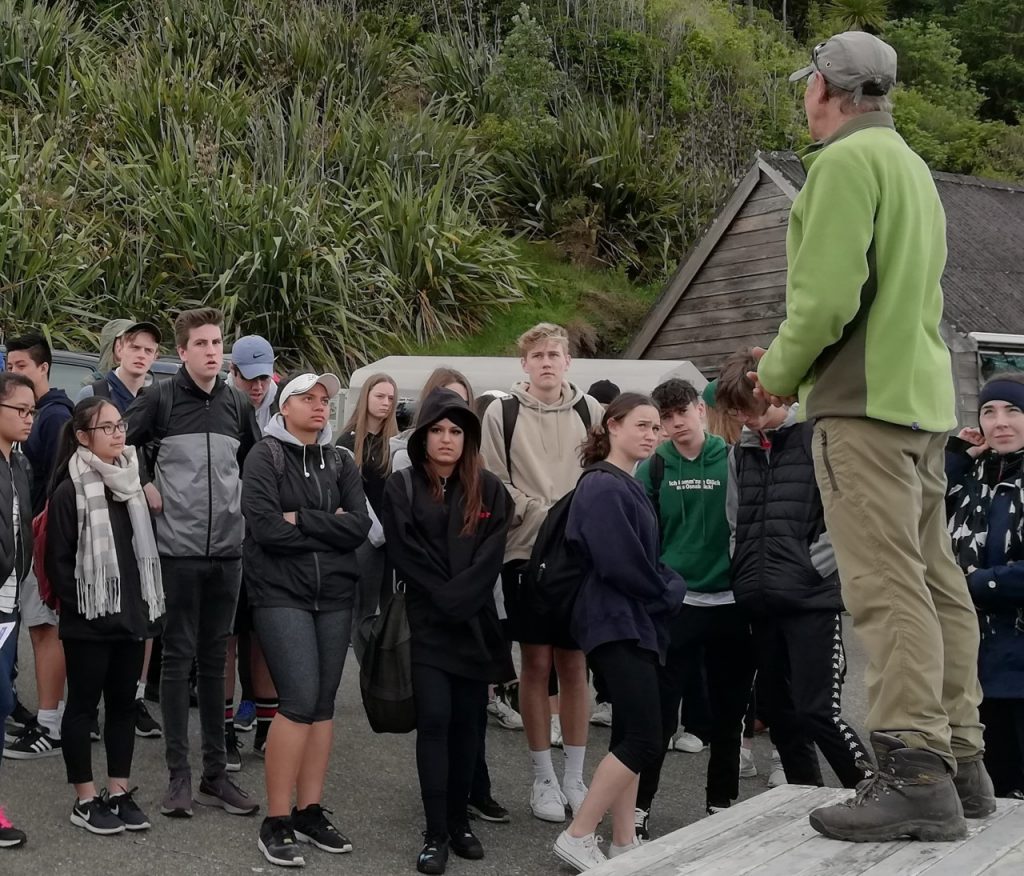Bright and early the two Year 12 biology classes hopped on a bus and travelled to Auckland City where they would embark on their educational and exciting adventure to Tiritiri Matangi Island.
The school trip was organised for the students to widen their knowledge of the topic, Genetic Variation and Change, for their end of year external exam. Led by educated tour guides, the students hiked up hills and past trickling streams as melodic bird calls echoed through the lush forestry. High in the trees swooped colourful birds such as the Kokako and Tieke, while the students learnt of their unique appearance and history on the island. It was an amazing experience to discover these rare species and develop a deeper understanding for the role they each play on the island.
Tiritiri Matangi is an island located on the tip of the Whangaparaoa Peninsula which is supported by a non-profit conservation volunteer group in partnership with the Department of Conservation. The island is significant because it is one of two Open Scientific Reserves in New Zealand where the original forest was replanted to protect endangered bird and reptile species. All mammalian predators such as stoats, rainbow skinks, mice and rats were eradicated to ensure that the endangered species could thrive in their environment.
After the two-hour hike, the students concluded the day with an informative lesson, led by Barbara Hughes, relating to the topic of evolution of species in New Zealand. The engaging talk allowed students to hear the unique journey and processes involved in restoring the island to its current well-preserved state from a volunteer’s perspective. This talk was inspiring as Hughes offered ways in which young people can help preserve the environment to prevent the extinction of endangered animals in New Zealand.
The biology trip to Tiritiri Matangi island was an inspiring and highly educational experience for our students; especially being guided by passionate wild-life enthusiasts and botanists. It was amazing to be educated on every aspect of the island, such as the unique wildlife and vegetation, and to see how these factors contribute to the evolution of the island’s unique environment.
Francesca Adams








